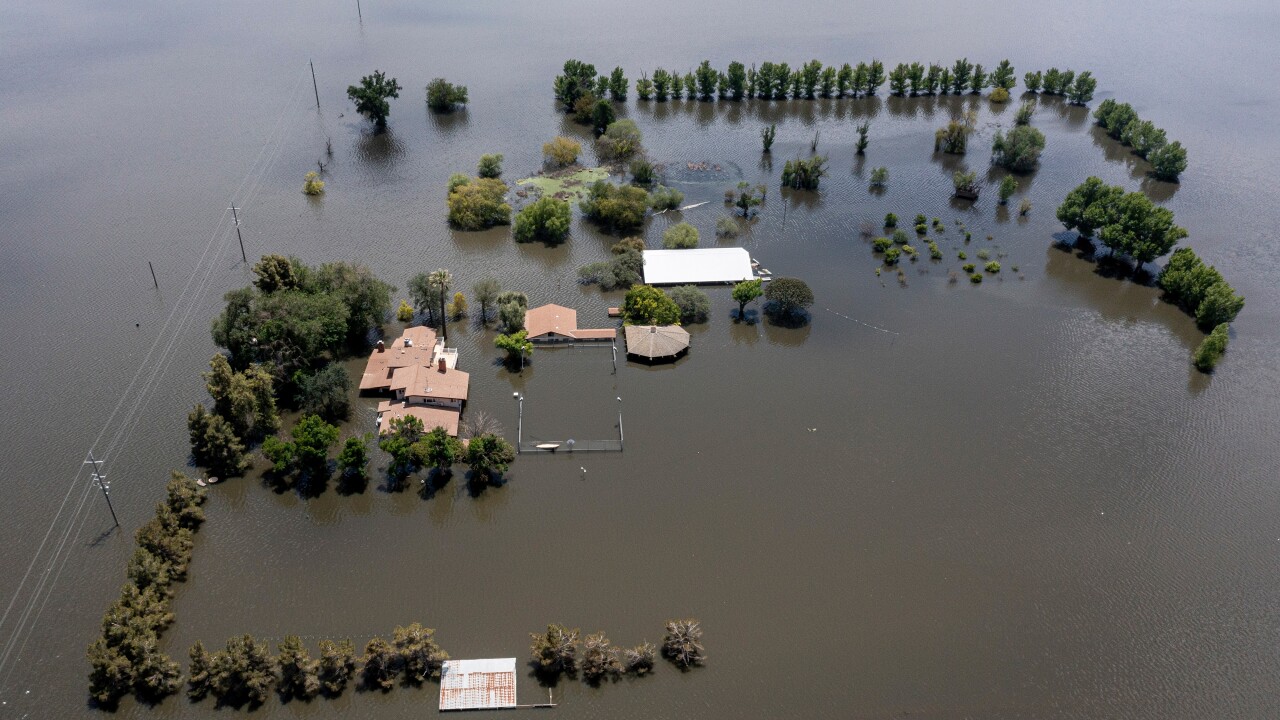The application of AI to weather disaster coverage and claims is creating problems for mortgage lenders, not just claimants, according to policyholder advocates who addressed the National Association of Insurance Commissioners (NAIC) at its summer conference August 12.
Claimants also need to be protected against predatory roofing contractors, they said. NAIC's climate task force is looking at ways to protect insurance consumers, officials said during the session.

"AI has a lot of value. I hope to see it being used by insurers to
Roofs are integral to the value and security of houses, so insurance policies with roofing coverage rules that reduce coverage or do not pay the full cost of repair or replacement affect more than just homeowners, but also mortgage lenders, Bach explained.
"Once roofs are damaged, it's very, very important to prevent further damage, to maintain home values, to keep insured collateral for the mortgage in good shape," Bach said. "Coverage reductions have gone too far. We all know about what happens when mortgage backed securities are undervalued or overvalued, and what that can mean to our economy."

A home insurance policyholder can suffer twice, explained Brent Walker, director of government relations at the Coalition Against Insurance Fraud. "The consumer can be victimized twice, once by the weather event, the loss of their home or damage to their home, and then twice by predatory fraudsters," he said. "There are plenty of honest contractors, but we will want to focus on the ones that see this as an opportunity to commit fraud."
When Hurricane Debby struck Florida earlier this month, the state deployed its Disaster Fraud Action Strike Teams, under the authority of the state's chief financial officer, Jimmy Patronis. CAIF's Walker took note of this action, and suggested leveraging it to better support insurance consumers.
"They went door to door. They shared information with homeowners. They met with emergency management officials and local officials, and they were visible," he said. "Those are excellent. Is there any way that we can measure that those messages are being received by the consumers and predictable? That has been the question for many, many years. How do you measure the prevention of fraud? That's a very, very, very hard question to answer."
California insurance commissioner






